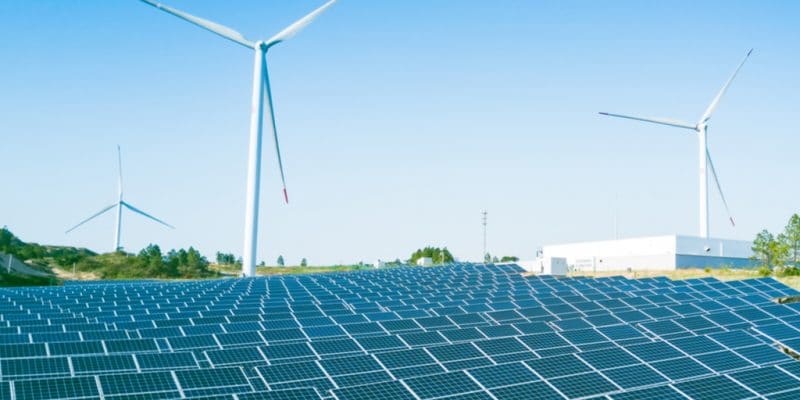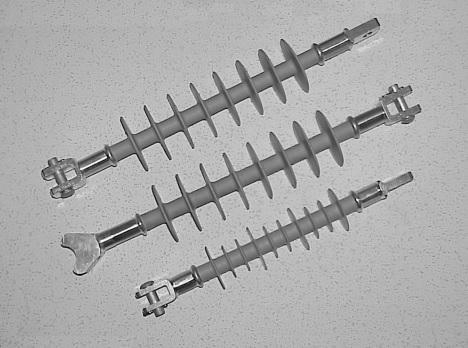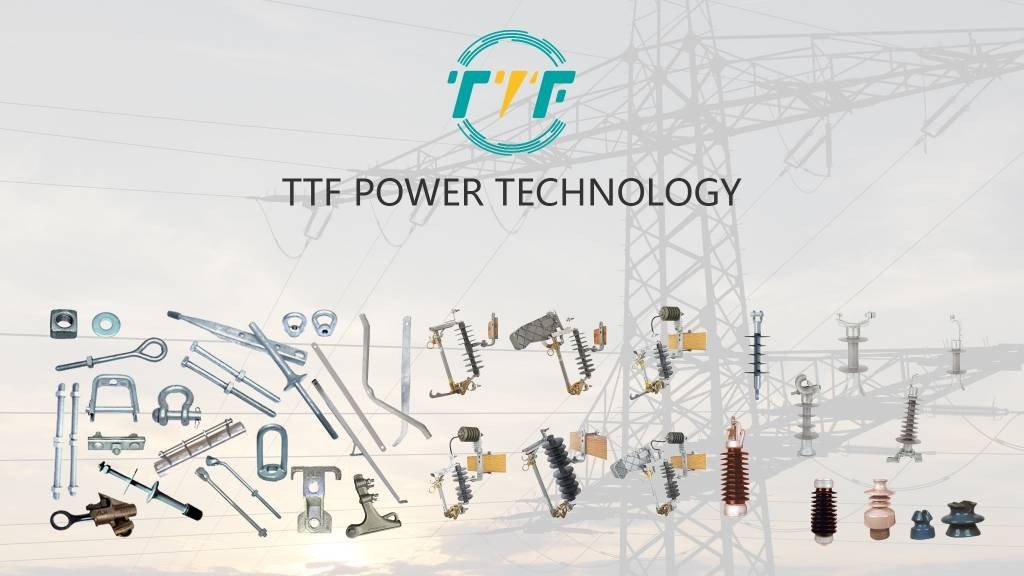
The electrification efforts in South America provide significant economic, social, and environmental benefits. Electrification provides access to rural areas, which improves living standards and fosters economic growth. It also enables reliable and affordable electricity for industrial development. This fuels economic activity across various sectors like manufacturing and mining. Electrification and renewable energy integration are crucial to decarbonizing the energy sector. This helps in the shift from fossil fuel-based energy sources. This increases the integration of renewable energy sources like solar, wind, and hydropower into the energy mix. Electrification is also driving the adoption of electric vehicles, reducing transportation emissions and improving air quality. Distribution insulators separate live conductors from ground or other phases to prevent unwanted electrical contact. The insulators also support grid expansion, enhance grid reliability, and ease the transition to a sustainable energy future.
Distribution insulators are also crucial components of smart grid infrastructure. They enable the integration of advanced metering infrastructure. Smart grid infrastructure is a key component of electrification and renewable energy integration. Distribution insulators support the extension of power lines and reliable delivery of electricity. They also enable the connection of distributed renewable energy sources such as rooftop solar panels and small-scale wind turbines. High-quality distribution insulators are designed to withstand harsh environmental conditions. This is including high temperatures, humidity, pollution, and strong winds. The insulators reduce power outages and improve the reliability of electricity supply.
Functions of distribution insulators in electrification and renewable energy integration efforts
Distribution insulators are components of electrical infrastructure supporting the electrification and renewable energy integration efforts in South America. The insulators ensure the reliability and safety of power distribution systems. This is while supporting the growth of renewable energy projects. Distribution insulators help ensure reliable power delivery, support renewable energy projects, and enhance the resilience of distribution networks. The following are the functions of distribution insulators in electrification efforts.

- Electrical isolation—distribution insulators prevent the flow of electricity from power lines to supporting structures. They protect workers, equipment, and the public from electrical hazards.
- Supporting rural electrification—insulators are crucial for building resilient distribution networks that extend electricity to remote regions. They enable the electrification efforts in challenging geography.
- Enhancing grid reliability—insulators resist weather-related challenges to reduce outages and disruptions. Distribution insulators enhance the stability and reliability of the power grid.
- Renewable energy integration—distribution insulators support the infrastructure needed to connect renewable energy sources. The insulators are able to withstand fluctuations in voltage and current caused by intermittent energy sources.
- Supporting high-voltage applications—distribution insulators help send energy over long distances without losses. Composite insulators are more durable, lightweight, and suitable for high-voltage renewable systems.
- Environmental benefits – distribution insulators contribute to cost-effective energy distribution systems. They reduce the need for frequent replacements and support environmentally friendly energy systems.
Key barriers to electrification and renewable energy integration efforts in South America
South America has made significant strides in electrification and renewable energy integration. It, however, faces various challenges that may hinder the progress and efficiency of the efforts. Addressing these challenges will need coordinated policy efforts, innovative technologies, financial support, and community engagement. This will help the region to harness its renewable energy potential and achieve electrification goals. TTF is a world-class global provider of high quality overhead line hardware, transmission hardware, distribution hardware, conductors, insulators, cutout switches, anchoring and grounding products. Discussed below are the challenges facing electrification and renewable energy integration efforts.

- Infrastructure gaps—rural areas may lack enough grid infrastructure, which makes electrification costly. Existing power grids may need modernization to handle renewable energy inputs.
- Renewable energy variability—the intermittent nature of solar and wind creates challenges for consistent power generation. Efficient energy storage systems limit the ability to store surplus renewable energy for use.
- Financing challenges—renewable energy projects need high initial costs, which can strain budgets in developing economies. Small and medium-sized enterprises face difficulties in securing financing for renewable energy initiatives.
- Technical barriers—renewable energy integration into traditional power grids need advanced technologies. These include smart grids and energy management systems. A shortage of labor in renewable energy technologies in installation and maintenance may also be challenging.
- Cross-border coordination—the lack of integrated energy markets and cross-border energy projects limit the potential for efficient energy sharing and renewable integration. High transmission losses occur when renewable energy is generated far from consumption areas.
